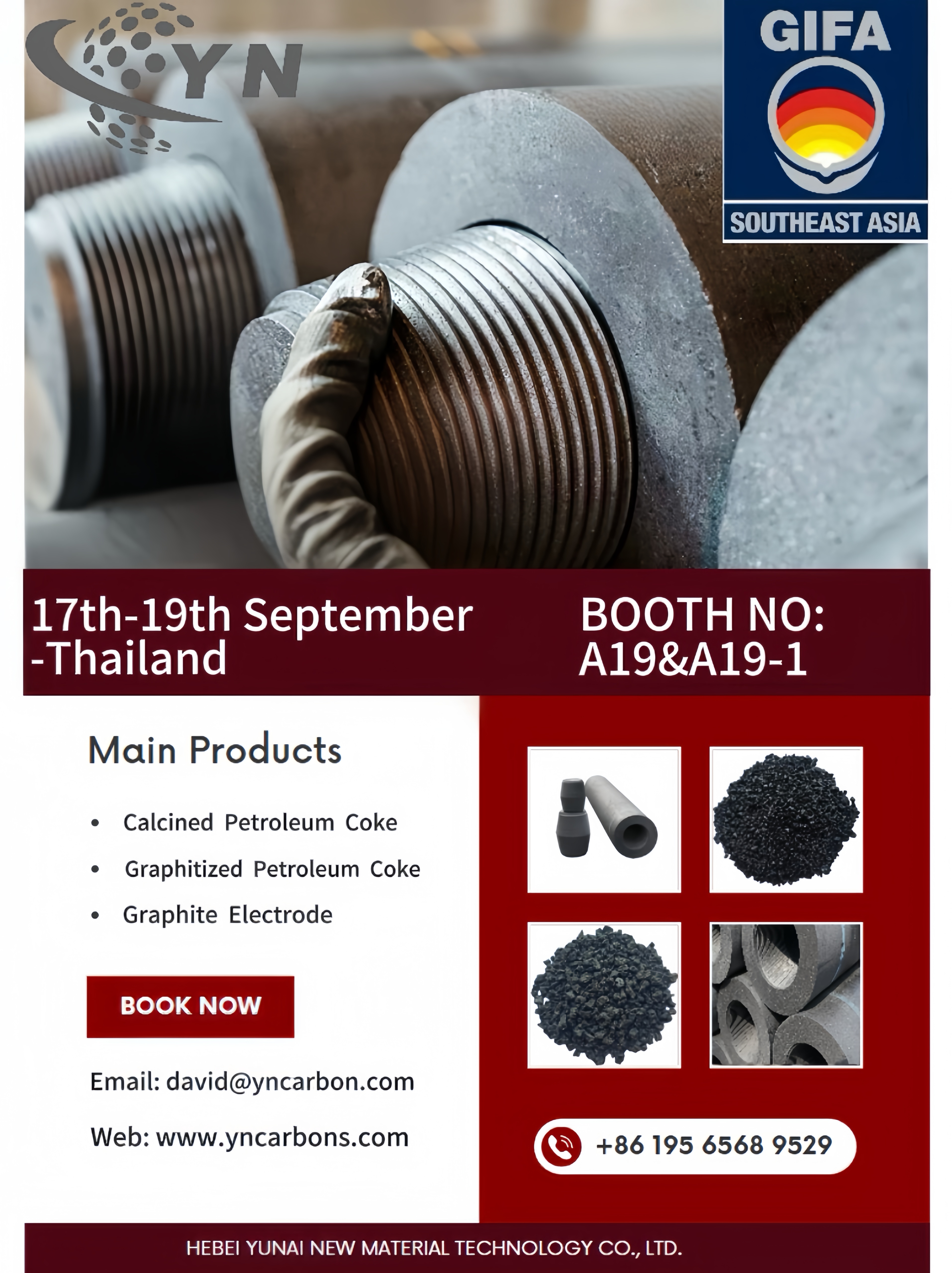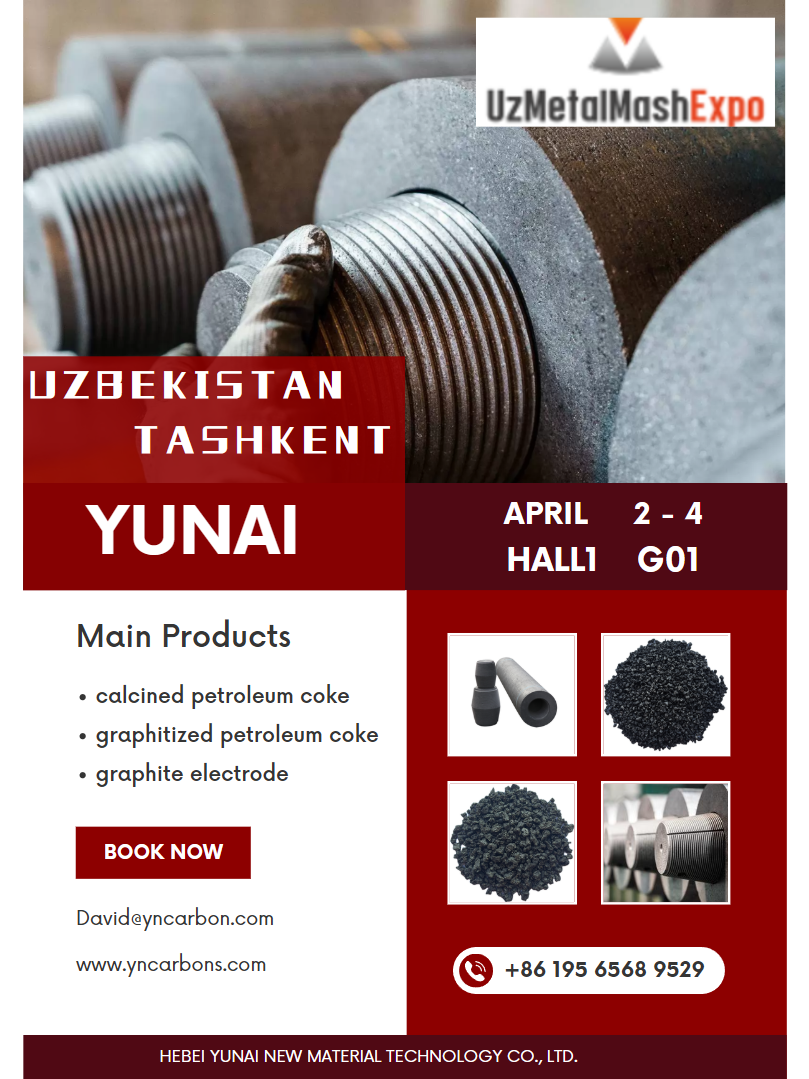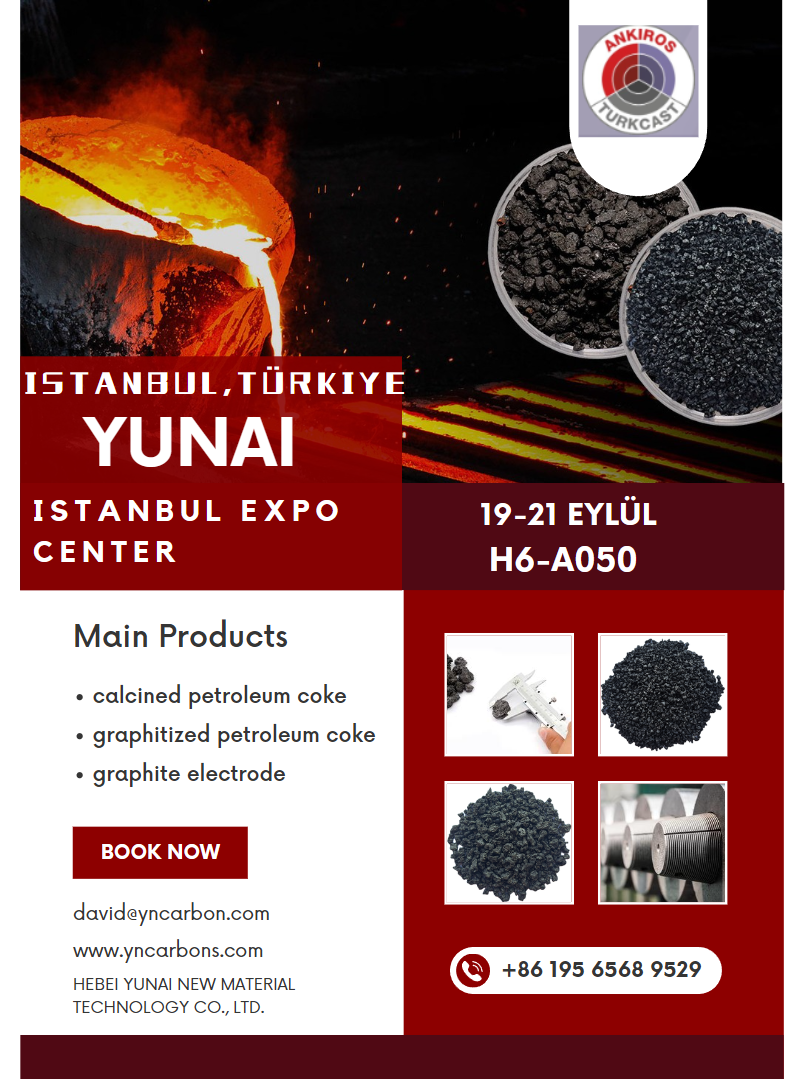Unraveling the Science of RP Graphite Electrode: A Deep Dive into Its Working Principle
Release Time:
Oct 29,2025
Discover how RP graphite electrodes work, their applications, and why they're crucial in modern industries.
Introduction to RP Graphite Electrode
Ever wondered what makes steel production tick? Or how the magical transformation from raw materials to high-quality steel occurs? Well, let me introduce you to the unsung hero of this process: the RP graphite electrode. This nifty piece of technology plays a pivotal role in electric arc furnaces, and understanding its working principle can shed light on the fascinating world of metallurgy.
What Is RP Graphite Electrode?
So, what exactly is an RP graphite electrode? Simply put, it's a cylindrical rod made from high-quality graphite, known for its excellent conductivity and thermal properties. The "RP" stands for Regular Power, which means these electrodes are designed for a standard level of power input. They are essential in the melting of scrap metal and in the production of various alloys.
How Does It Work?
Now, let's get down to the nitty-gritty of how this remarkable electrode operates. Picture this: inside an electric arc furnace, electricity flows through the RP graphite electrode, creating an electric arc that reaches incredibly high temperatures—think 1,600 degrees Celsius and beyond! This intense heat melts scrap metal and converts it into molten steel. It's a sight to behold!
The Science Behind the Arc
The magic happens when the electrode touches the metal. When it comes into contact, a circuit is completed, and bam! The electric arc ignites. The arc generates heat, which is then transferred to the metal, causing it to melt. The beauty of the RP graphite electrode lies in its ability to withstand these extreme conditions while maintaining conductivity.
Why Choose RP Graphite Electrodes?
You might be wondering, why not use other materials? Well, RP graphite electrodes have several advantages:
- High Thermal Conductivity: They excel at conducting heat, making them ideal for melting.
- Low Electrical Resistance: This feature allows for efficient energy use.
- Durability: They can withstand harsh environments, reducing the need for frequent replacements.
In short, they're the go-to choice for many industries!
Applications of RP Graphite Electrode
Beyond steel production, RP graphite electrodes have a wide array of applications:
- Foundries: Used for melting metals and producing alloys.
- Electrolysis: Essential in processes like aluminum production.
- Research: Used in laboratories for various experiments, especially in high-temperature scenarios.
The Future of RP Graphite Electrodes
As industries evolve, so too does the technology behind RP graphite electrodes. Innovations are ongoing, aiming to enhance their efficiency and durability further. With the growing focus on sustainable practices, researchers are also investigating how to produce these electrodes with less environmental impact. Talk about a win-win!
Conclusion
In a nutshell, the RP graphite electrode is a powerhouse in the metal melting process, boasting impressive thermal and electrical properties. Understanding its working principle not only highlights its significance in manufacturing but also showcases the ingenuity of modern engineering. So, next time you're admiring a steel structure or a shiny new car, remember the RP graphite electrode that helped make it possible!
Keywords:
More information








